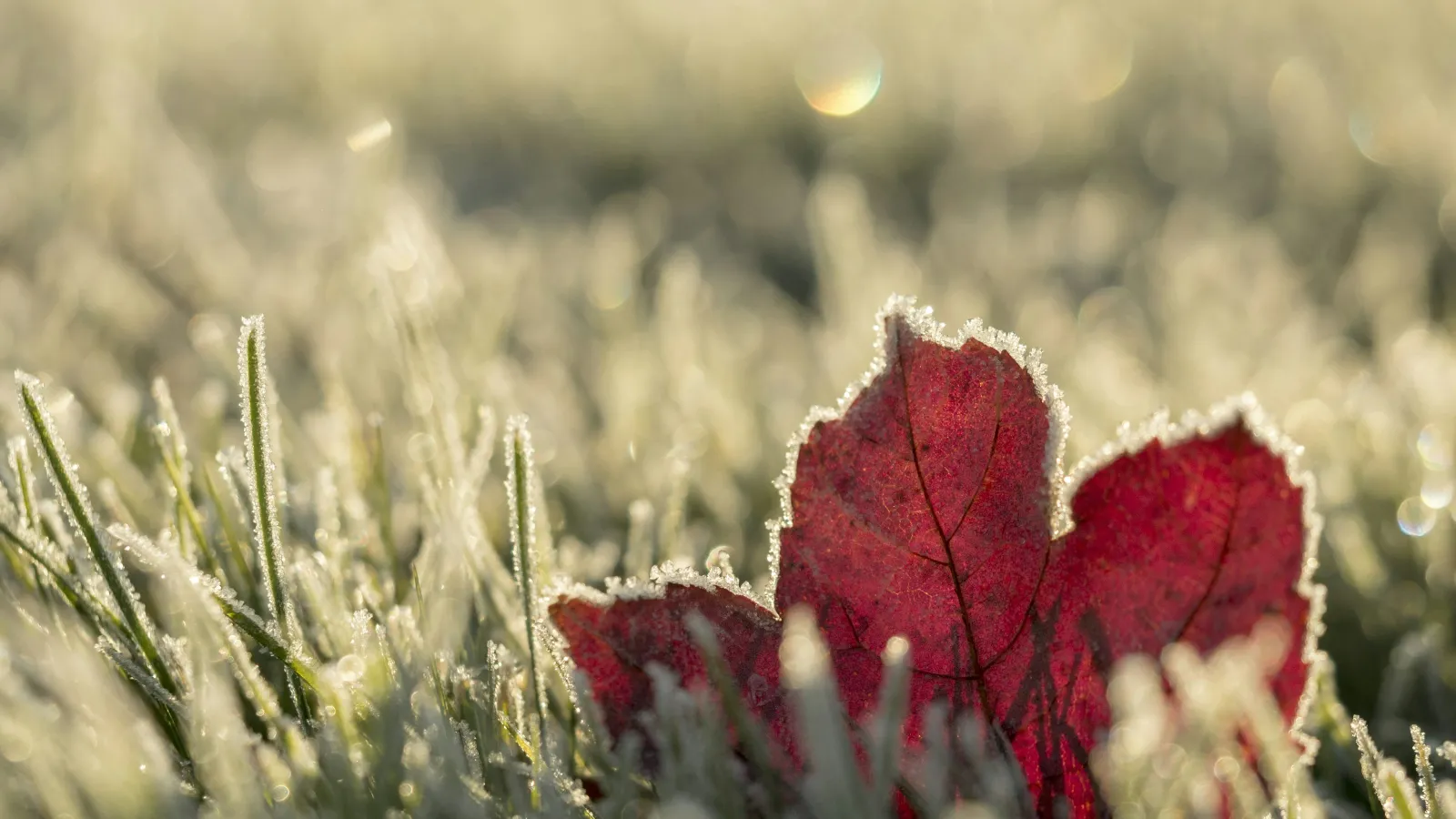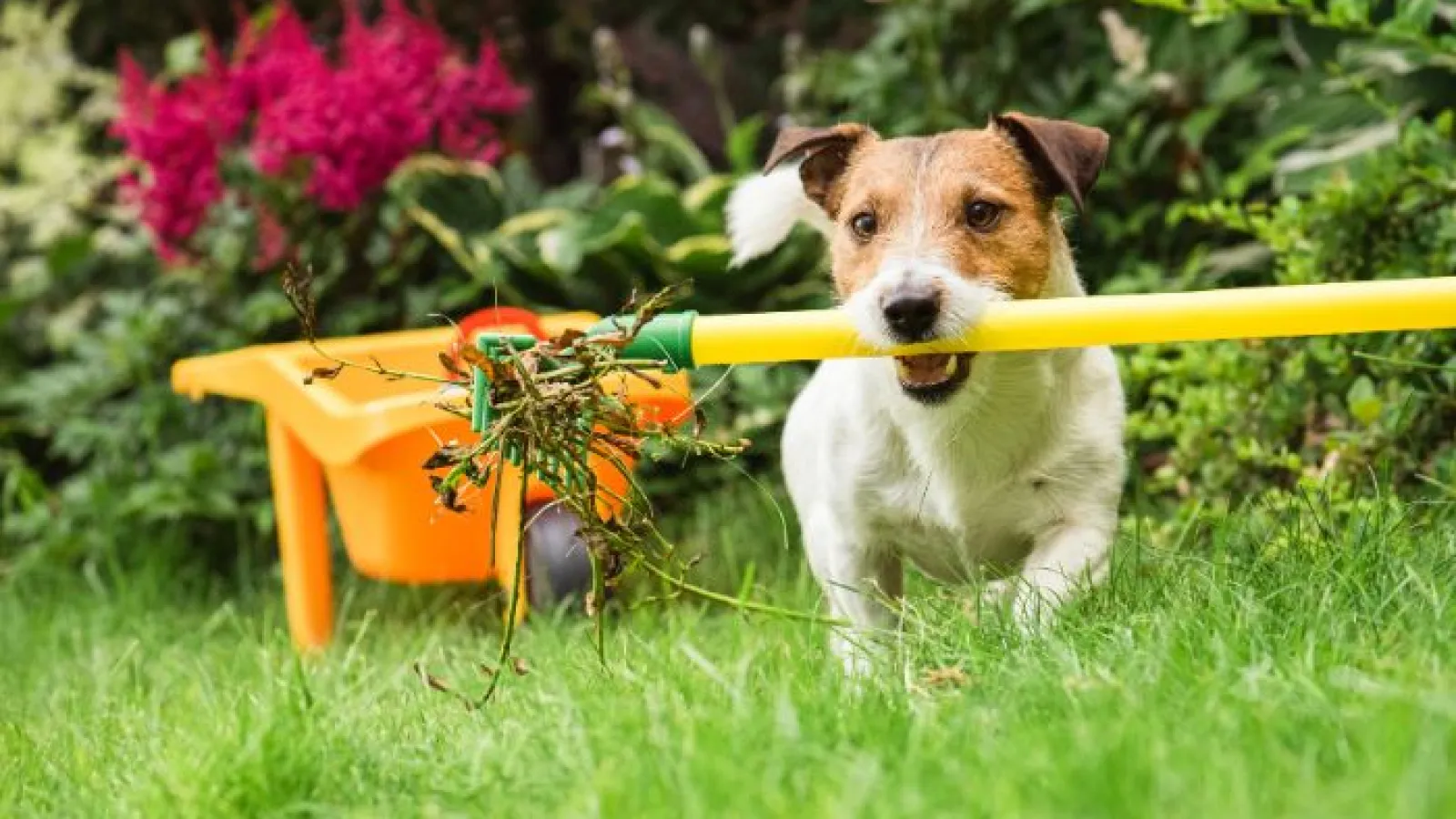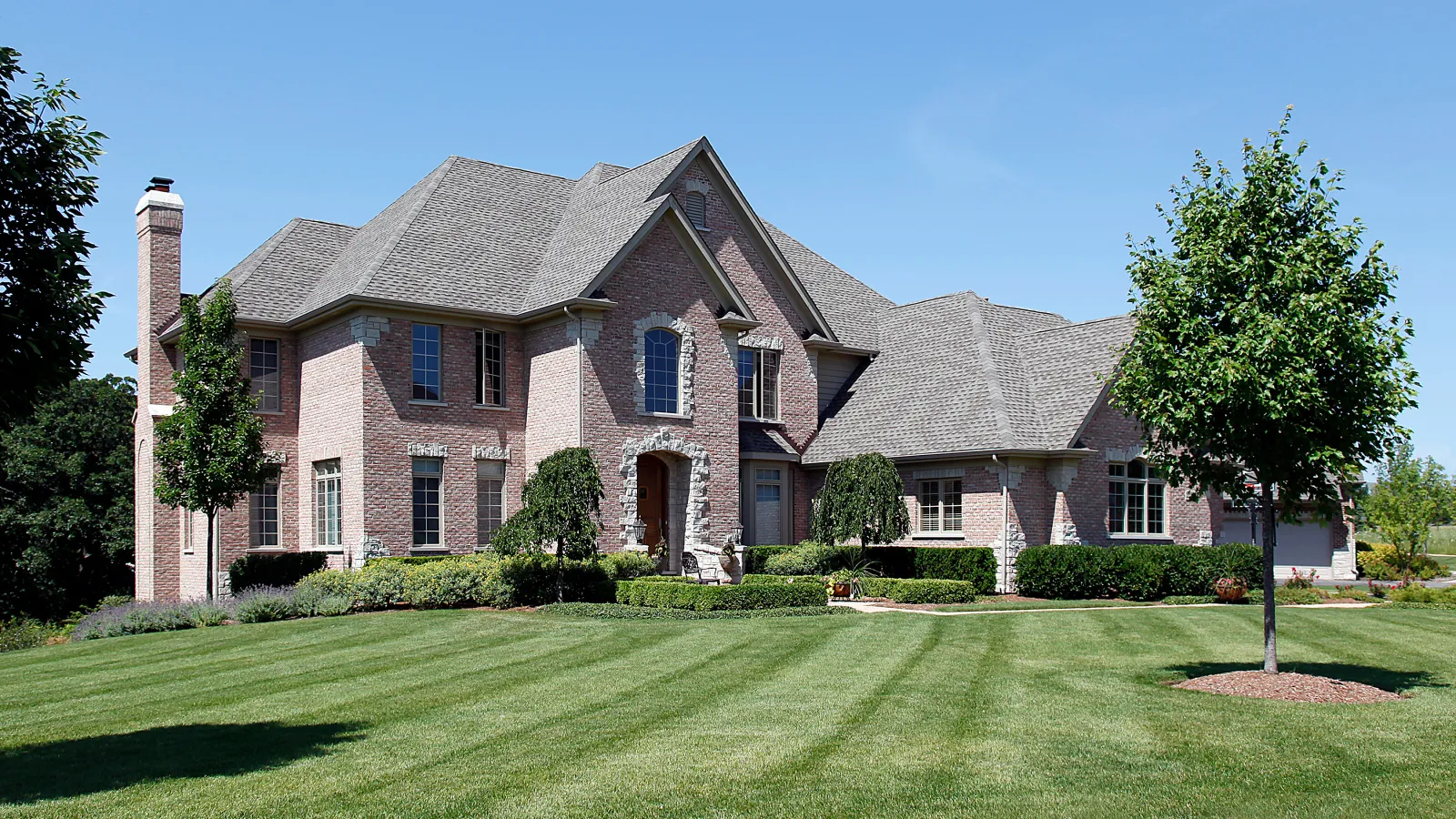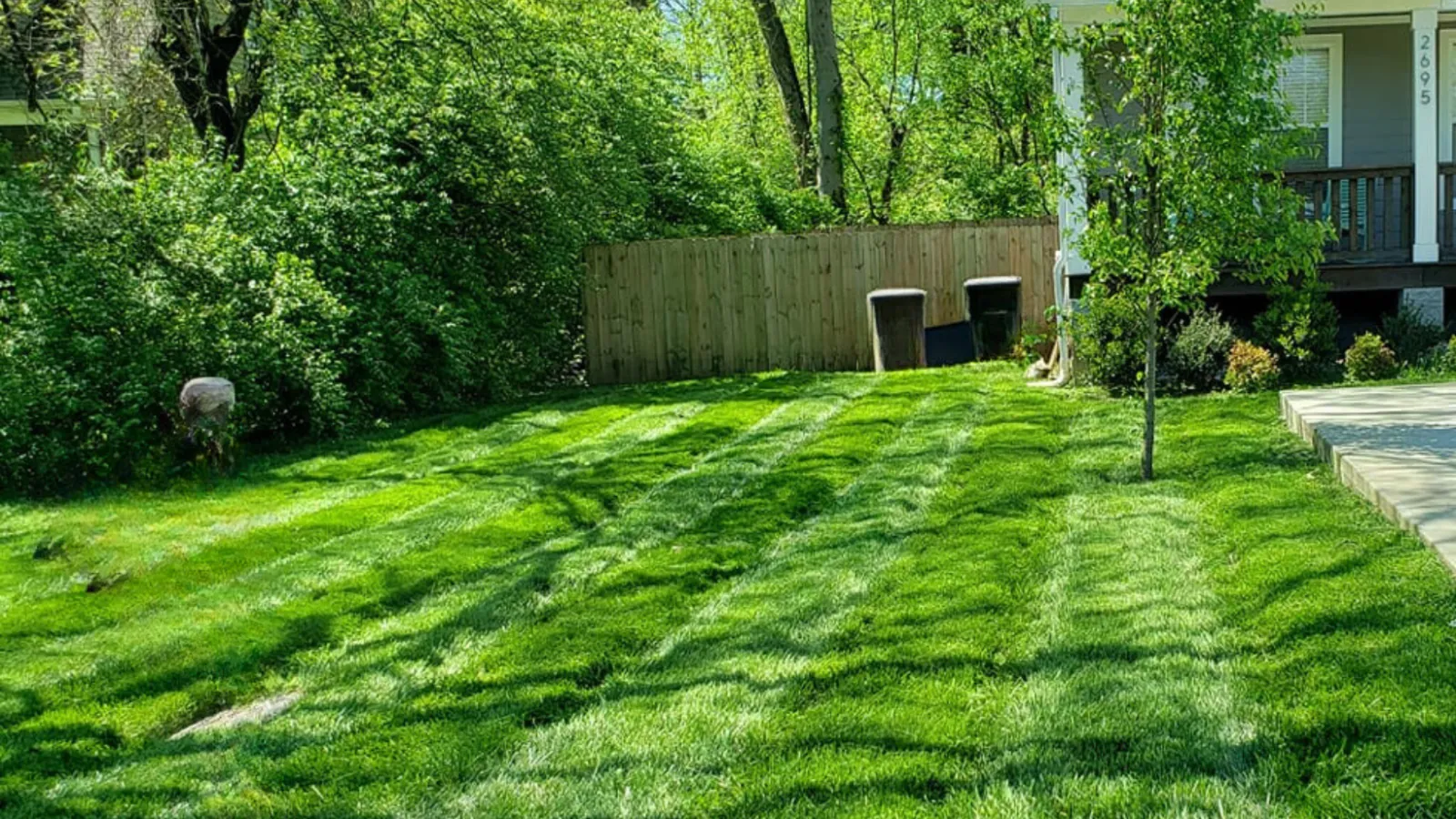
Fall and Winter Lawn Care
When temperatures begin to cool and grass begins to go into dormancy, many homeowners tend to think their lawn care responsibilities are over for the season. However, fall and winter lawn care is important for how your lawn will look in the spring.
Fertilization
In the fall and winter months, we apply a fertilizer with potassium to warm-season lawns. This promotes root growth. While the grass is dormant, the roots are actively growing, stretching as deep as possible to find warmth in the ground. Deep roots are imperative to counteract any winter damage the lawn may endure from cold temperatures, as well as frost and snow. Lawns with a well-established root system will green up quicker and grow thicker in the spring.
Watering
Watering in the cooler months is also important for fall and winter lawn care. Lawns experiencing drought from the summer are weakened from the extreme heat stress and lack of rain, making them more susceptible to winter injury, winter kill and fungi in the spring.
Weed Prevention
Now is the best time to control broadleaf and grassy weeds for the winter, and more importantly, the spring. Pre-emergent herbicides applied now can help prevent common chickweed, mouse-ear chickweed, bittercress, wild geranium, henbit, as well as Poa annua, a grassy weed that can take over lawns in the winter months. Without pre-emergent herbicides in the fall and winter, spring weeds are more likely to take home in your lawn. By caring for your lawn now, you can prevent weeds that can blemish a beautiful lawn in the spring.
Mowing
Although it is tempting to put the mower away in the fall, the reality is grass will continue to grow until the first hard frost. Taking just a few simple steps in the cooler months will help prevent damage and ensure a thick, beautiful lawn in the spring.
Removing Leaves
While the red, yellow and brown leaves on the trees may be beautiful, they should be removed from your lawn to protect the grass. It is important that leaves are raked or blown off the lawn regularly. When the grass becomes covered in them, essential nutrients are blocked from getting into the soil. This is a deadly combination for grass and can cause unwanted pests to wreak havoc, and can also lead to dead spots and places for weeds to grow.
Keep Mowing, Until it’s Time to Stop
It is important to keep mowing through the fall. If you don’t and the grass grows too long, it will become a breeding ground for fungi. For warm-season turfs, mow when conditions are dry, with regular cuts to keep the grass at 2.5 to 3 inches long, so it is thick enough to withstand the cold winter. For Fescue lawns, keep the grass at 3.5 to 4 inches to prevent Poa annua and other weeds and to aid in new grass growth. Another bonus of mowing regularly during the fall is that the mower will take care of mulching your leaves for you, creating a nice compost.
When to Stop Mowing
The right time to stop mowing is when the grass stops growing. However, you may still need to run the mower to mulch leaves on the lawn as late as December, depending on the weather.
To figure out when to stop mowing, pay attention to these seasonal signals:
- Soil temperature– Warm-season grasses go dormant when soil temperatures remain consistently below 55 degrees Fahrenheit. For cool-season grasses, the soil temperature for dormancy is 45 degrees Fahrenheit. To track soil temperatures in your area, search “soil temperature map” online, or simply observe grass growth.
- Leaves– By the time trees are at least 50 percent bare, grass growth should be noticeably slower.
- Frost– After the first hard frost, warm-season grasses will typically go dormant. Cool-season grasses may keep growing, however, depending on the temperature, and may still need some mowing.
Stay Off the Grass
It is important that you do not walk on a Fescue lawn while frost is on it. In a frost, the grass cells will freeze and become brittle. If you walk on the grass, the cell walls can rupture, causing the grass to turn brown in the walked-on areas. It is best to let the frost melt and dry before walking on it.
We’re Here to Help
Just because your grass is “sleeping,” do not neglect giving it the care it needs in the cooler months. What you do or don’t do now will be most apparent in the spring. If you have any questions about caring for your lawn in the fall and winter, contact us. We’re always here to help.


